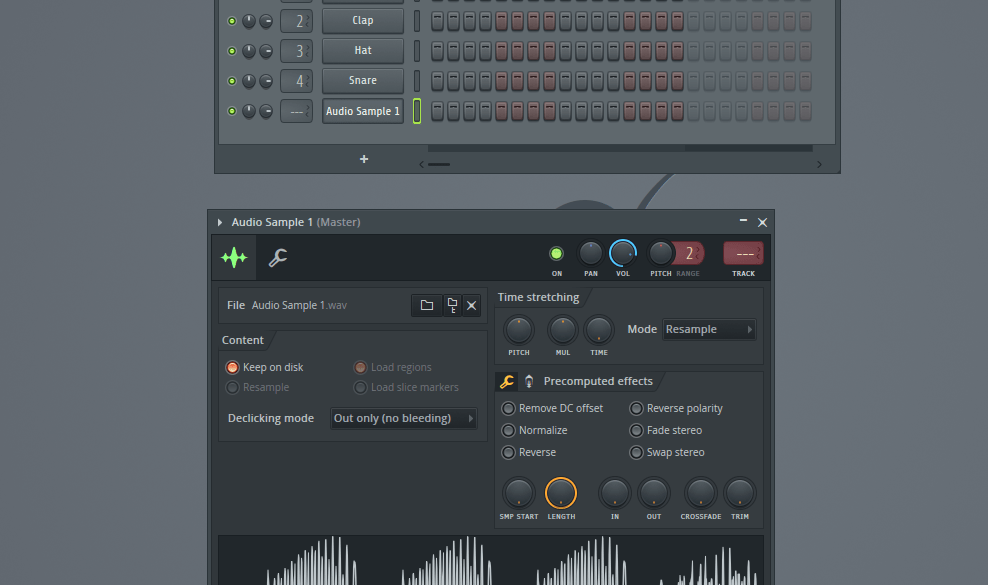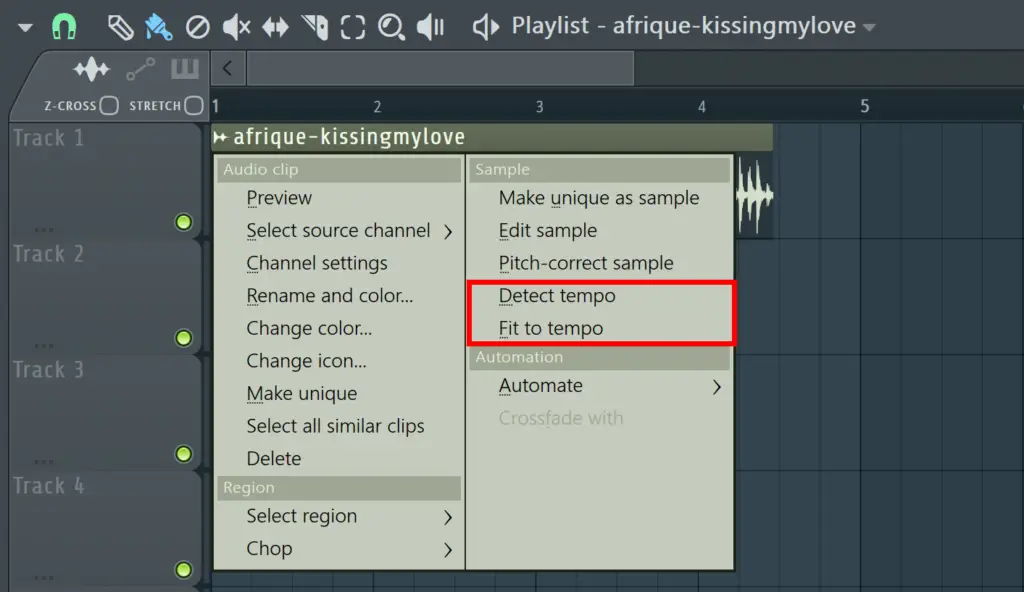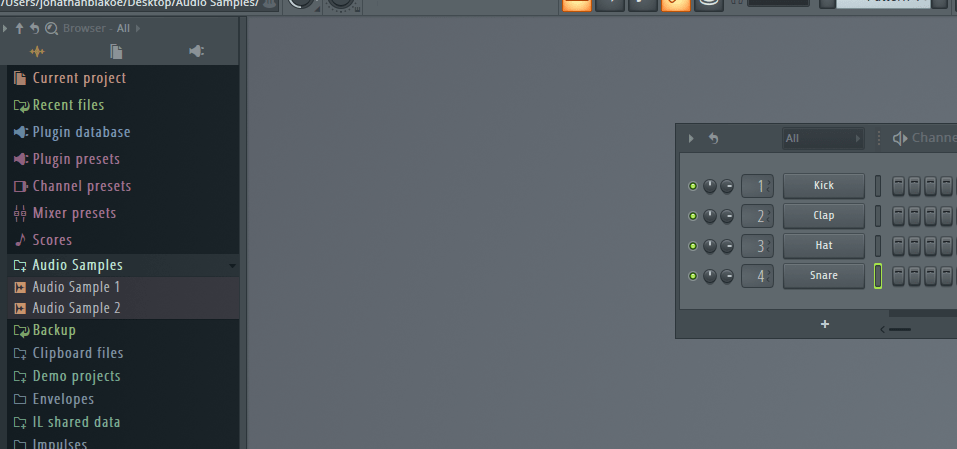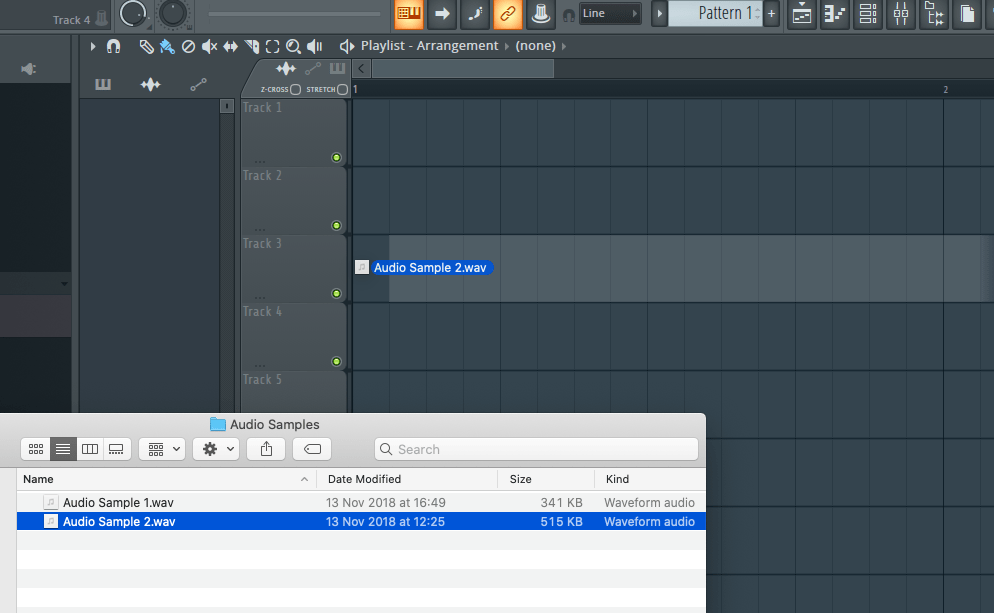
See the illustration below where the original sound is mixed with a compressed version:ĭoing this will allow you to preserve the original dynamics while also giving the beat more thump. This will often results in a better, distinct sound. See: Compression explained - part Iīut compression needs to be used with care as you risk affecting too much of the dynamics, resulting in a duller sound.Ī very useful technique is referred to as layering where you for example mix the original (dry) sound with the same (but processed) sound.

I discussed compression in another tutorial by the way. What compression can do is compress volumes above a certain threshold while preserving (or rather bringing out) the lower volumes and frequencies that give the kick its thump. Using compression is one of the most common suggestions when it comes to fattening beats/giving them more punch. In this tutorial I will illustrate a few techniques for fattening beats and how to sample them off for your own library, so you do not have to go through the same process each time. If not for making the sound fatter, then for simply making new sounds alltogether (maybe you are bored with using the same sounds over and over again, maybe you do not have that many samples in the first place). Then again, knowing how to enhance/fatten your beats and basses is actually very useful knowledge in my opinion.

While it is definitely true that you can combine less than perfect samples into better sounds, having a good set of quality samples in your library allows you to focus more on the actual composing and arranging. If you want a fat beat, then get samples of fat beats and start from there. The one that really stands out is that you should get some good samples.

When I started investigating how this could be done I got a few advices. Numerous times I have received the constructive criticism that my beats are a bit weak and that I need to make them fatter and punchier (same goes for my basses). The ‘Declick in all regions’ tool inside the ‘Regions’ option will remove any click or peak that will sound at the beginning of ANY Slicex marker, and the ‘Declick out all regions’ will remove any click or peak that will sound at the END of any Slicex marker.Fl Studio 9 tutorial explaining how to create fatter beats If you’re not used to use Slicex (it’s a shame) it just split the samples into different markers that can be launched as different sounds straight from the piano roll or directly from any other MIDI based device. At this point of the tutorial you will guess what ‘ Declick in all regions‘ and ‘ Declick out all regions‘ will do, but we will go a little further.

We will focus inside the ‘Regions’ option, which contains several options like ‘Dump to piano roll’, ‘Normalize all regions’, ‘Declick in all regions’, ‘Declick out all regions’, ‘Perfect all regions’ and ‘Tune loop’.


 0 kommentar(er)
0 kommentar(er)
